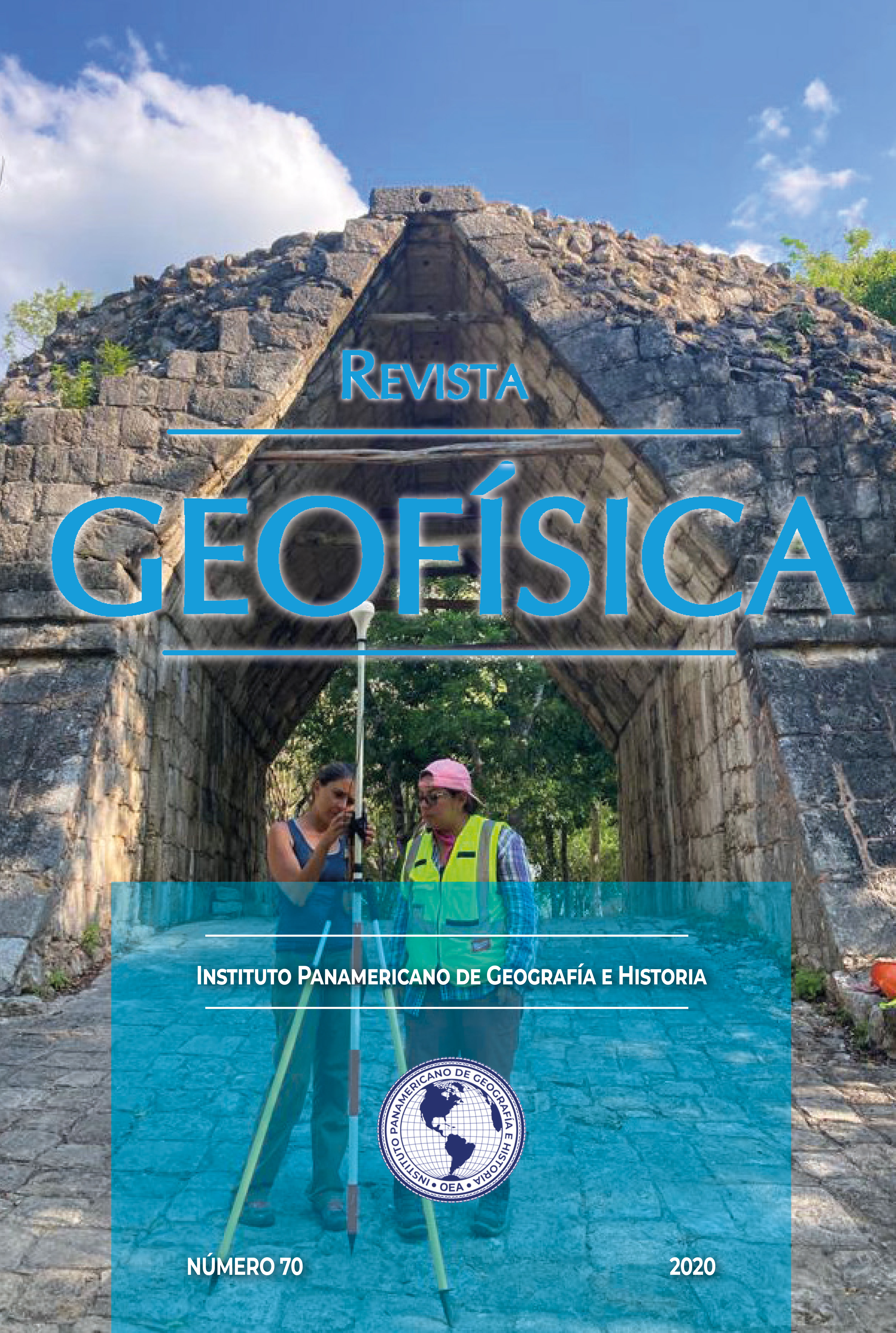Resolution of the March 3, 1985 Earthquake (Chile) Parameters from the Distribution of Deformations
Main Article Content
Abstract
Elevation changes observed in geodetic surveys, changes in the vertical component of the gravity, and direct observations of coastal uplift, were associated with the Ms = 7.8 march 3, 1985 earthquake. A static dislocations model is proposed to both satisfy the elevation changes and the aftershocks distribution the model is divided two segments: a) from the trench, a shallow fault plane dipping 5°E with 0.4-0.6 m of displacement and b) form the continuation of the previous dislocation, a deeper fault plane dipping 22°-25°E with 1.8-2.1 m of slip.
These results are consistent with the dynamic solutions obtained by different authors and indicated that most of the moment release occurred in the deeper parts of the fault where the largest aftershocks took place.
Differences in the vertical component of gravity observed prior and after the main event, indicate that the rupture extended south of Pichilemu. There is insufficient information to estimate the northern bound of the rupture region.
Downloads
Article Details
-
Abstract69
-
PDF (Español)28

This work is licensed under a Creative Commons Attribution-ShareAlike 4.0 International License.

